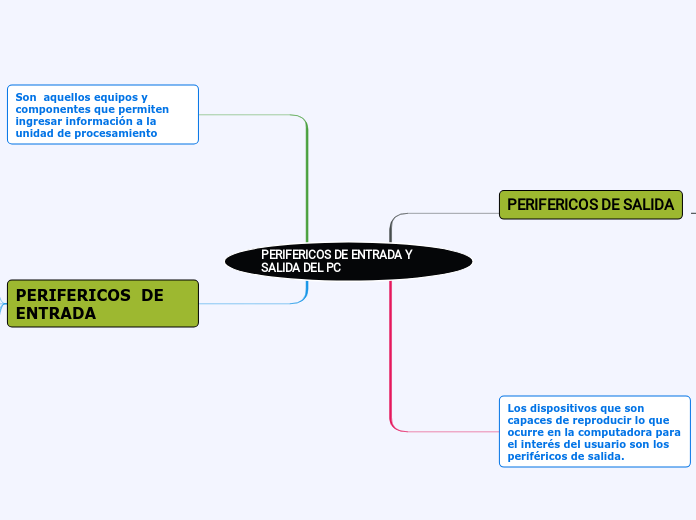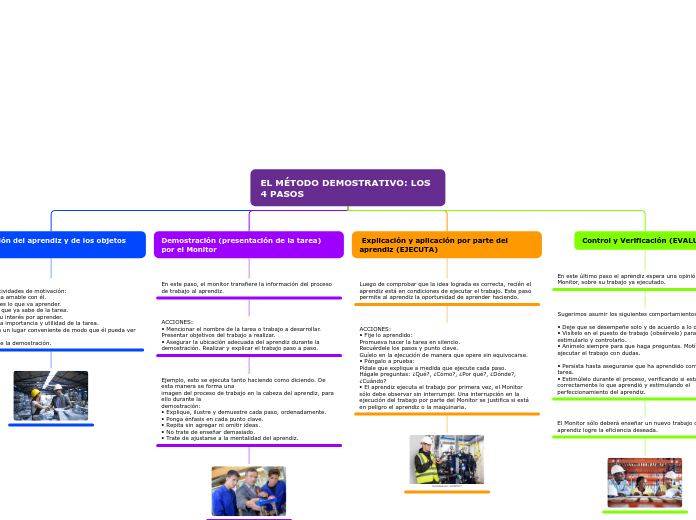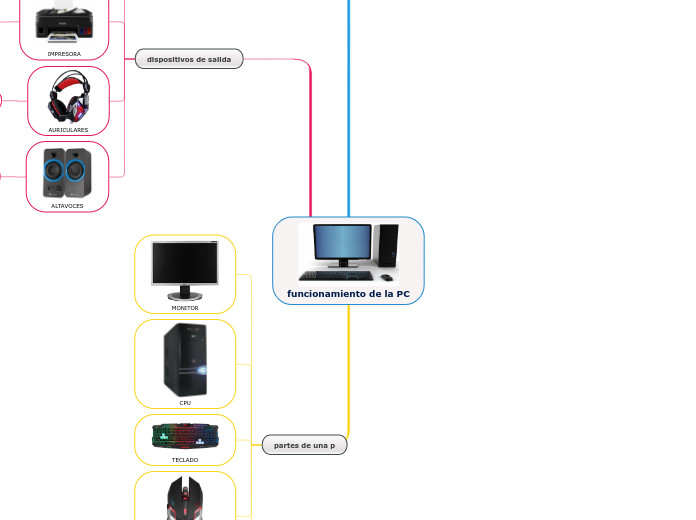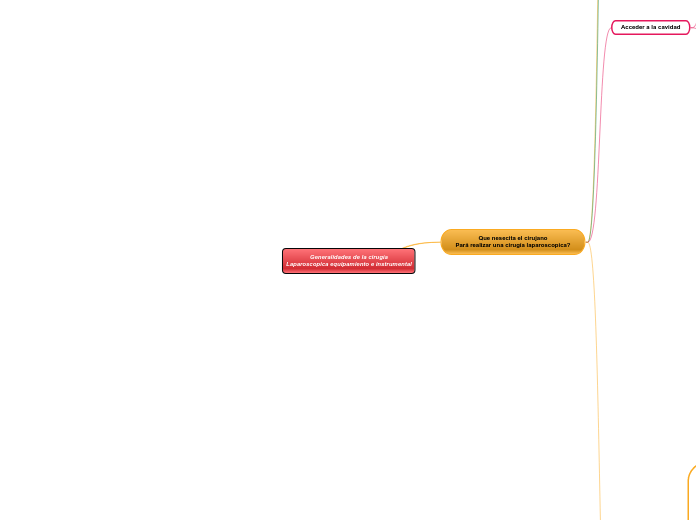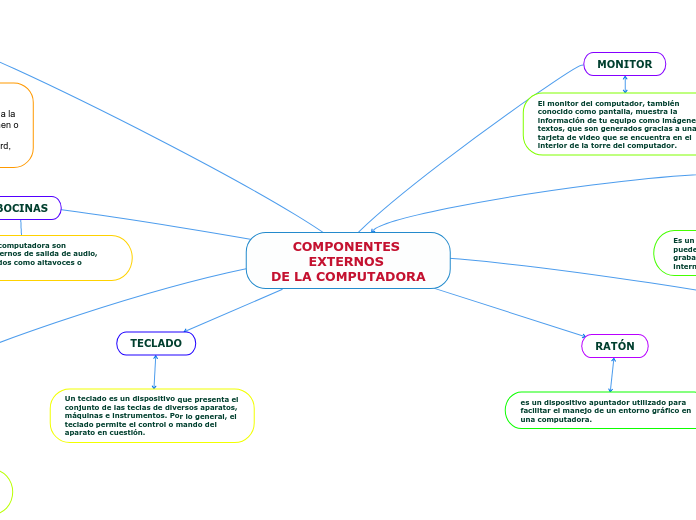por Amanda Restrepo Kerguelen 5 anos atrás
1087
PERIFERICOS DE ENTRADA Y SALIDA DEL PC
Los periféricos de entrada y salida son esenciales para la interacción eficiente con una computadora. Entre los periféricos de salida, encontramos la impresora, que convierte archivos digitales en documentos físicos mediante tinta líquida.
